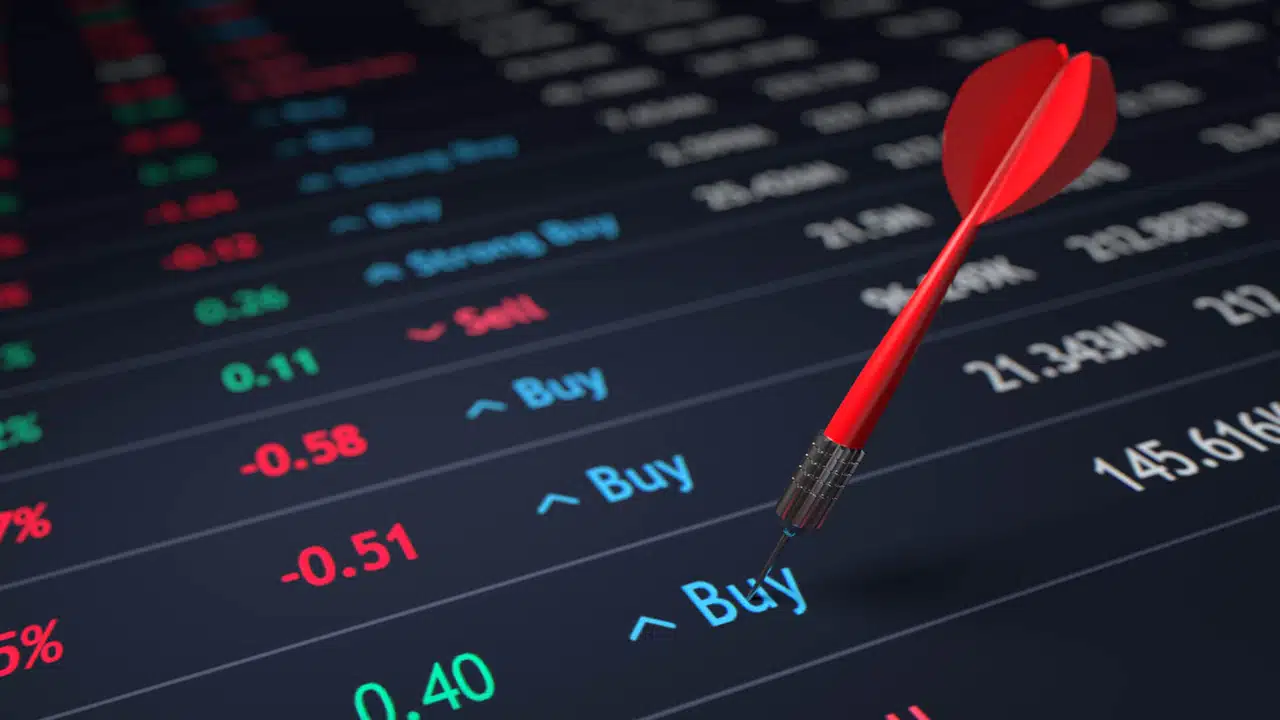Dividends are payments made to shareholders by public companies. It is the firm’s net income. These incentives can take the types of currency, cash or equivalents, stock options, or other assets, and are typically supplied with excess funds. Let us understand what are dividend stocks with examples, importance, impact and how it works in this topic.
You can also read what is investment finance before moving ahead in this topic. The dividend rate is determine by the board of directors and the majority of shareholders of a corporation. Profits can be reinvest or save by businesses. When dividends are declare; the stock price of a corporation typically increases or falls dramatically.
What is Dividend?
A company’s board of directors decides to pay out a percentage of its earnings as a dividend. Typically, common shareholders who possessed shares prior to the ex-dividend date are eligible. Dividends might be in cash or shares.
What are Dividend Stocks?
Companies that pay dividends are publicly tradable. These businesses typically have a long track record of profit for their founders. These and other factors will assist you in determining a company’s profitability and health.
How to Choose Dividend Stocks? The dividend payout ratio should be at least 50%. Dividend yields should range between 3-6 percent. The corporation should have a track record of paying dividends and repaying debts.
Understanding Dividend Stocks
Dividends must be approve by shareholders through a vote. These dividends can be paid in the types of cash, stock, or other assets. Many mutual funds and ETFs provide dividends as well (ETFs).
Dividends are small payments made to shareholders in exchange for their ownership of a company. It is calculate using net income.
Even if the majority of profits are maintain as retained earnings to fund ongoing and future business activity; the remainder may be distribute to shareholders as a dividend. Even if a firm is losing money, it may pay dividends. They may do this in order to continue paying dividends.
The board of directors has the authority to decide when and how much to pay in dividends. Dividends are paid on a monthly, quarterly, or annual basis. WMT and UL, for example, pay quarterly dividends.
How do Dividends Work?
Dividend dates are critical for comprehending how dividends effect stock prices. The following is how dividends operate.
Companies in the stock market make a lot of money and save it. Management decides whether to reinvest profits or distribute them. After receiving approval from major shareholders, a company’s board of directors pays dividends.
Business owners might reinvest extra profits to expand operations or increase output. Dividend holding and distribution both have an impact on a company’s profitability.
What is an Example of a Dividend Stock?
When a company has a large net profit cushion, it may distribute some of it to investors. Annual dividends of 5% per share may be declare by the board of directors. If each $100 share was worth $5, the quarterly dividend would be $1.25.
It aids in predicting the lifetime of a firm. If a company’s payout ratio exceeds 100%, it pays out more to shareholders than it receives. This strategy would eventually force a company to shrink or cease operations. Dividend payout ratios that are stable show a company’s financial soundness.
Importance of Dividend Stocks
Dividends provide investors with a steady source of income and represent a company’s cash flow and success. These Dividends may show the worth of a company. Dividends are tax-free in several countries. When investors sell stocks at a profit, they must pay a capital gains tax of 20%.
Dividend Stocks
Larger, longer-running companies with consistent earnings are typically the strongest dividend payers. Companies pay dividends to increase shareholder value in addition to regular growth. These industries usually provide dividends: Parts petro Money, banks Medicines and healthcare services
MLPs and REITs are structure to pay defined dividends to owners. They’re among the top dividend payers. Dividends may be the investment goal of a fund.
Startups in technology and biotechnology may not provide regular dividends. These companies may not be able to pay dividends; since they are still growing and spending a lot of money on R&D, developing their business, and sustaining their operations. Even profitable early- to mid-stage companies do not pay dividends; if they want to develop faster than the norm and reinvest their profits.
Impact of Dividends on Stock Price
When dividends are paid out, money frequently disappears from the corporation’s books and business accounts. As a result, dividend payments have an impact on share prices; which may rise by the same amount as the dividend when the news is release and fall by the same amount on ex-dividend day.
The following day, a company with $60 shares declares a $2 dividend. Following the announcement, the price of each share climbs by $2 to $62. Assume the stock is $63 a day before the dividend is paid. Shares gain $2 on ex-dividend day and trade at $61. Buyers will not get the dividend on the ex-dividend date. The share price should fall by the dividend amount when it goes ex-dividend.
Why Companies Pay Dividends?
Many businesses pay dividends. These elements may be interpret differently by different investors. Dividends can be expect by loyal stockholders. Moreover, the company’s management could show that they value this viewpoint by distributing regular dividends.
Dividends appear appealing and increase investor trust. So, dvidends are tax-free in many countries, making them more appealing.
Capital gains are taxable income derive from the sale of a more valuable asset. Dividends can help traders make money quickly while avoiding paying taxes. A large dividend announcement can indicate that the company is doing well and producing money.
It could imply that the company has no prospective revenue-generating projects. Instead than investing in growth, it pays dividends to owners.
A decrease in a company’s dividend or its discontinuation may indicate financial difficulties to investors. On February 1, 2022, AT&T Inc. would cut its annual dividend in half, from $2.50 to $1.11. The stock plummeted by 4%.
A corporation that decreases or stops paying dividends may not be in dire straits. Money investors may have better ideas given the company’s finances and activities. The management of a corporation may decide to engage on a high-return project. In order to increase long-term shareholder returns more than dividends.
Dividend Payout Ratio vs Dividend Yields
The dividend payout ratio shows how much of a company’s net income is distribute to shareholders. Similarly, the dividend yield of a corporation shows the rate of return on cash payouts. Dividend payout is a stronger indicator of a company’s ability to pay dividends.
It is concerned with a company’s cash flow and dividends paid during the fiscal year. Even a minor increase in share prices drastically affects dividend yield. The formula for dividend yield is used. Dividend Yield = Annual Dividends divided by Dividends
Before purchasing high-dividend stocks, investors need understand what a dividend is. Many financial variables should be consider to assess whether investing in these companies would be worthwhile. Before buying, research dividend-paying stocks.
Conclusion
Dividends show the cash flow and profitability of a corporation. Making money for investors on a regular basis. They also give stockholders access to funds, broadening their possibilities. They can invest in something with a higher return or purchase amusement and other necessities. Dividend stocks aid in the payment of taxes, trading fees, and non-split stock. Read more deeply to learn more about the investment banker topic.






